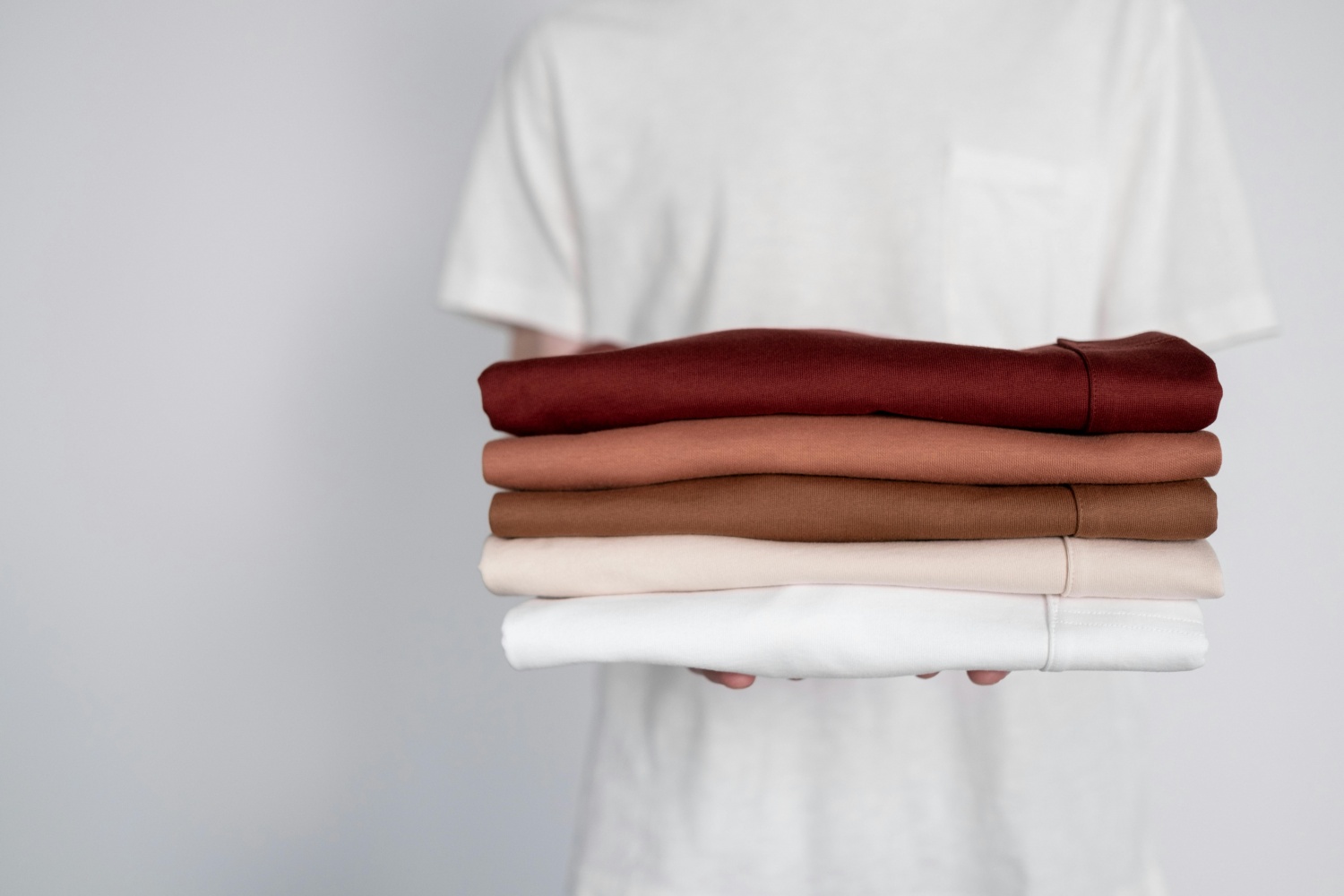Physical Wellness
Brain Stores Objects by Color, Too
How do we know what a lemon is, or a baseball? "Theories that explain how our brains store knowledge say that similar knowledge is stored in similar places. So things that are related - in how they look, how they smell, and so on - should overlap in the brain," says Eiling Yee of the Basque Center on Cognition, Brain, & Language. In other words, the same part of your brain might store the information that both lemons and canaries are yellow.
This sort of overlap has been shown for certain properties of objects, like their shape and function, or even for how you manipulate them with your hands. But scientists have mostly failed to find evidence that this is true for objects of the same color. One reason might be that color is not so important for how we interpret the world around us; after all, we have very little difficulty recognizing objects in black and white photos.
But a new study by Yee, published in Psychological Science, a journal of the Association for Psychological Science, shows that color is in fact a part of how our brains organize knowledge of objects. And their attempt to prove this showed something even more important.
Yee says: "Ordinarily, when you're thinking about emeralds, you don't also think about cucumbers. Even though they share the same color, that overlap is just not enough for one to make you think about the other". What Yee and co-authors Sarah Z. Ahmed and Sharon L. Thompson-Schill of the University of Pennsylvania discovered was that there are circumstances in which thinking about emeralds does make you think, just a little, about cucumbers. The trick was to get people to first perform a (separate and unrelated) task in which color was relevant. After doing this, hearing words like "emerald" helped people retrieve the meanings of words like "cucumber" - that is, they recognized the second word of a pair faster if the objects referred to by the two words shared the same color.
This shows that color does play a part in how our brains organize knowledge about objects-cucumbers and emeralds do overlap, and in the right circumstances, thinking about one makes you think a little about the other. But, Yee says "it's particularly interesting that this only happened when people had already been pushed to think about color, because it shows that the relationships between things change depending on the context. If you've just been thinking about color (even unconsciously), emeralds and cucumbers become more closely related than they would be if you hadn't been thinking about color. This shows just how malleable the brain's representations are."
So what it means for a lemon to be a lemon might very well change depending on what you were doing five minutes ago - if you had just been trying to decide on colors for your dining room the color of the lemon becomes salient, whereas if you had been outside playing ball its shape may become more important. But, of course, if you had just mixed a batch of cocktails, its taste would be what really counts.
Source: Association for Psychological Science








Join the Conversation